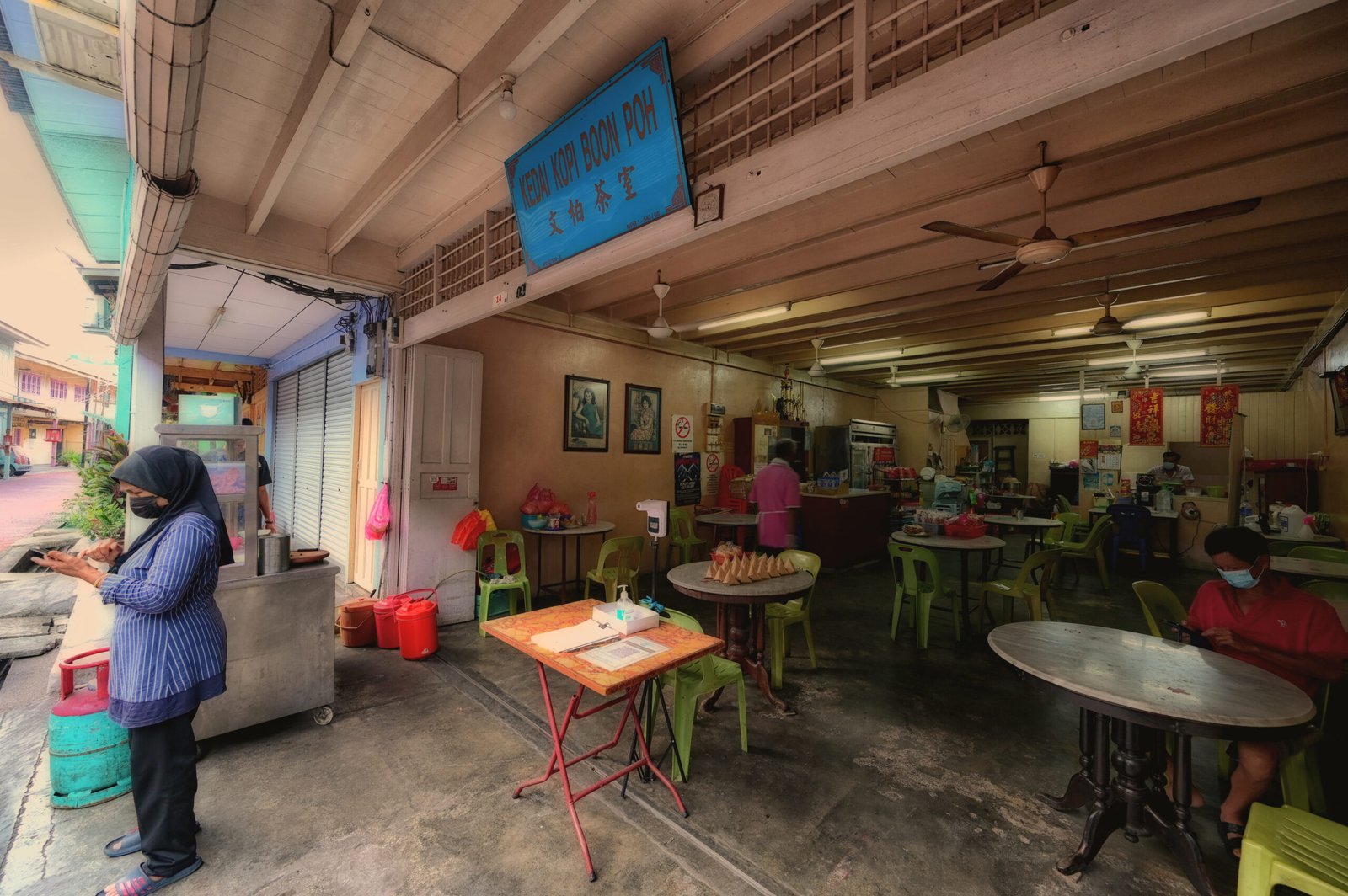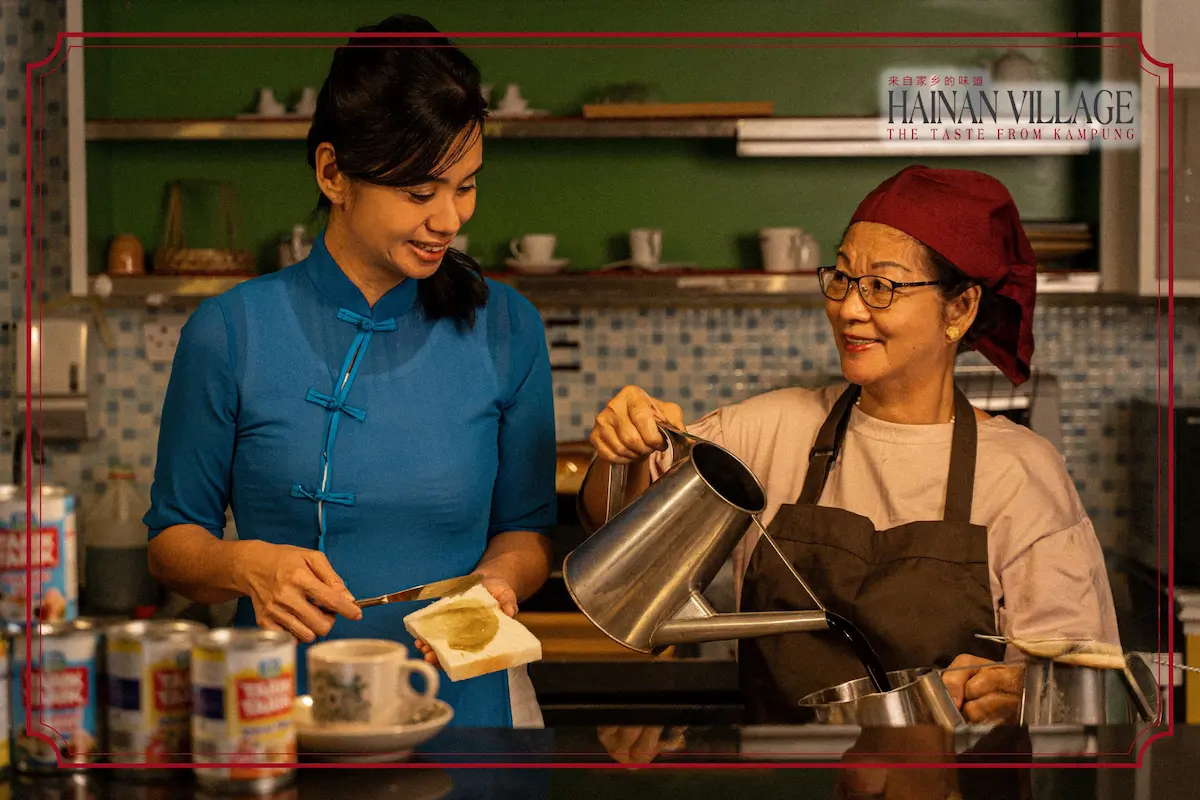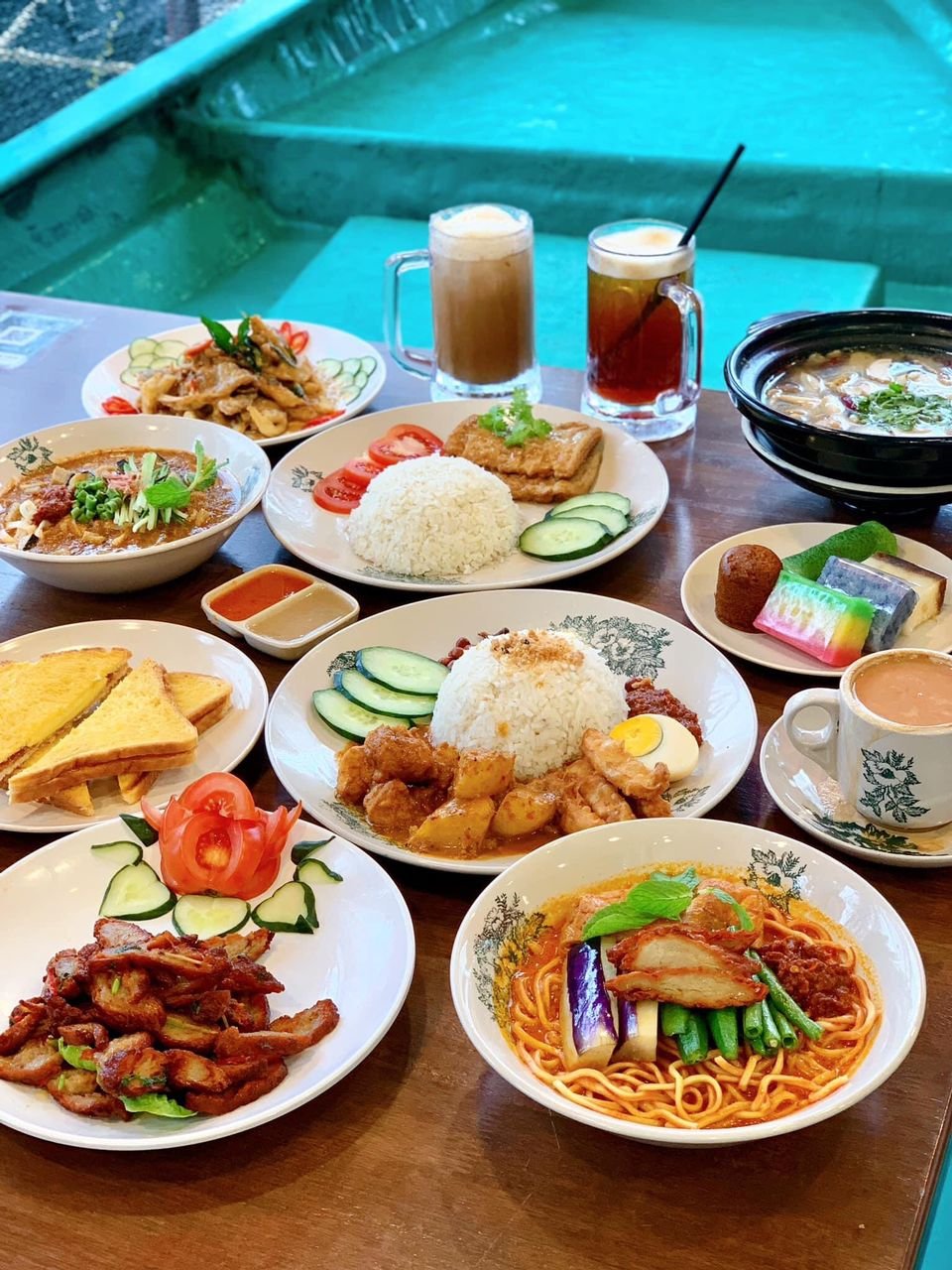Humble Story of Hainan Village
The Taste From Kampung
Origins and Historical Background
The Hainan Village has its origins in China’s southernmost province i.e. the Hainan island. Hainan has been historically seen as a remote and under developed area and it had often been used as a place of exile for exiled officials during the imperial times. Spite its harsh living conditions, the people of Hainan – mainly Kohe (Han Chinese) – survived; and grew as a people, creating a sense of togetherness, and toughness to survive. Several of the initial settlers on the island had migrated from Fujian and Guangdongprovinces and had brought skills on fishing, boat building and agriculture.

Emigration in Malaysia and Pangkor Island
The process of the Hainanese coming to Malaysia was largely initiated in the late 19th century – the early 20th century when people searched for possibilities to earn money. Most of them settled in urban centers such as Penang, Kuala Lumpur, Ipoh, Johor Bahru, and Singapore. As late-birds in comparison to other Chinese dialect groups, the Hainanese carved their niches in the industry of hospitality and they were to gain notoriety as cooks, hoteliers, and kopitiam (coffee shop) owners.
The story of the arrival on Pangkor Island has been rather poorly documented, but it is a unique chapter of this story of their migration. Pangkor, strategically located on the Perak coastline, had a historical importance through its fishing and trade. The community of Hainanese integrated well with the local economy and worked either in the fishing business or opened up kopitiams that became the hubs of the community.
Hainanese Life on Pangkor Island
In Pangkor Island, the Hainanese were able to adjust easily to the sea life. Several ones became fishermen and boat builders, using skills which were passed down from generations. Hainanese Chicken Rice and the kopitiam-style breakfast were also common among locals and tourists due to the influence of the locals’ presence on the island.
Although being a minority in the Chinese communities, the Hainanese held strong cultural ties through clan associations as well as regular community meetings. These organizations were instrumental not just safeguarding their dialect, customs, and heritage but also assimilating to the Malayan life.


Evolution of the Hainanese Cuisine into Meatless Meals in Hainan Village, Malayan Kopitiam
Embracing Change: The Evolution of Tradition
The history of Hainanese cuisine is that of tradition and strength. On Hainan Island in China where the Hainanese people hail from, they brought forth their culinary flair, and to Malaysia, they developed that which is iconic of the country in terms of food; Hainanese Chicken Rice, the Kopitiam breakfast and Hainanese Curry rice. These foods have become synonymous to Hainanese contribution to Malaysian cuisine where it was known for their simplicity yet flavorful taste.
Yet, along with the increasing consciousness of the world about health, sustainability, and ethical consumption, the world of food changes as well. At the core of this transformation, there is the Hainan Village Malayan Kopitiam, a local place with deep Hainanese roots, which follows the new path – meatless Hainanese cuisine.
The Shift to Meatless Options
As a result of an increasing demand for plant-based dining, the meatless meals in Hainan Village Malayan Kopitiam started as a result. Conscious locals and even foreign tourists that look for sustainable food options prompted the kopitiam to experiment with the traditional recipes, replacing animal proteins with plant-based options.
Famous dishes such as Hainanese Chicken Rice were reinvented using soy-based ‘chicken’ and broth made out of mushrooms, while the classic Hainanese Pork Chop was also creatively recreated using jackfruit and seitan so as to mimic its tenderness and flavor. The kopitiam breakfast is revolutionary in itself; but nowhere kaya toast topped with soft-boiled eggs with a tinge of sweet soya sauce, soy…is referred to as the ‘iconic breakfast’. The iconic kopitiam breakfast takes into account a vegan diet as well with the availability of vegan kaya spread and tofu-based egg alternatives


Tradition Meets Innovation
The change at Hainan Village Malayan Kopitiam is more than the name of the restaurant on the menu – it is all the proof one could need as to how flexible Hainanese culture is. Older people in the community, who were somewhat reluctant, started introducing the new meatless variations to their repertoire when they saw the young ones enjoy old flavors with a new twist. Long-forgotten methods of cooking were revived, which meant that even with the change of the ingredients, the soul of such a dish was saved.
Community events at the kopitiam now include plant-based cooking workshops, and the locals and visitors are encouraged to try out sustainable eating while learning about Hainanese food’s history. The kopitiam’s awareness of the need to change its menu is a symptom of a general trend to eco-consciousness pointing to the fact how even the most traditional cuisine can align with the modern values without losing their identity.
A New Beginning for the Hainanese Cuisine
Hainan Village Malayan Kopitiam’s new foray into meatless meals is a major step in the history of Hainanese food in Malaysia. It represents more than changing the eating habits, but a connection between the past and present – a celebration of Hainanese cooking’s legacy while building the foundation of a future of sustainable, health-oriented dining. With more people pouring in to sample these innovative dishes, the kopitiam is the proof that tradition and transformation can exist in perfect harmony changing the definition of what eating Hainanese meal is.


